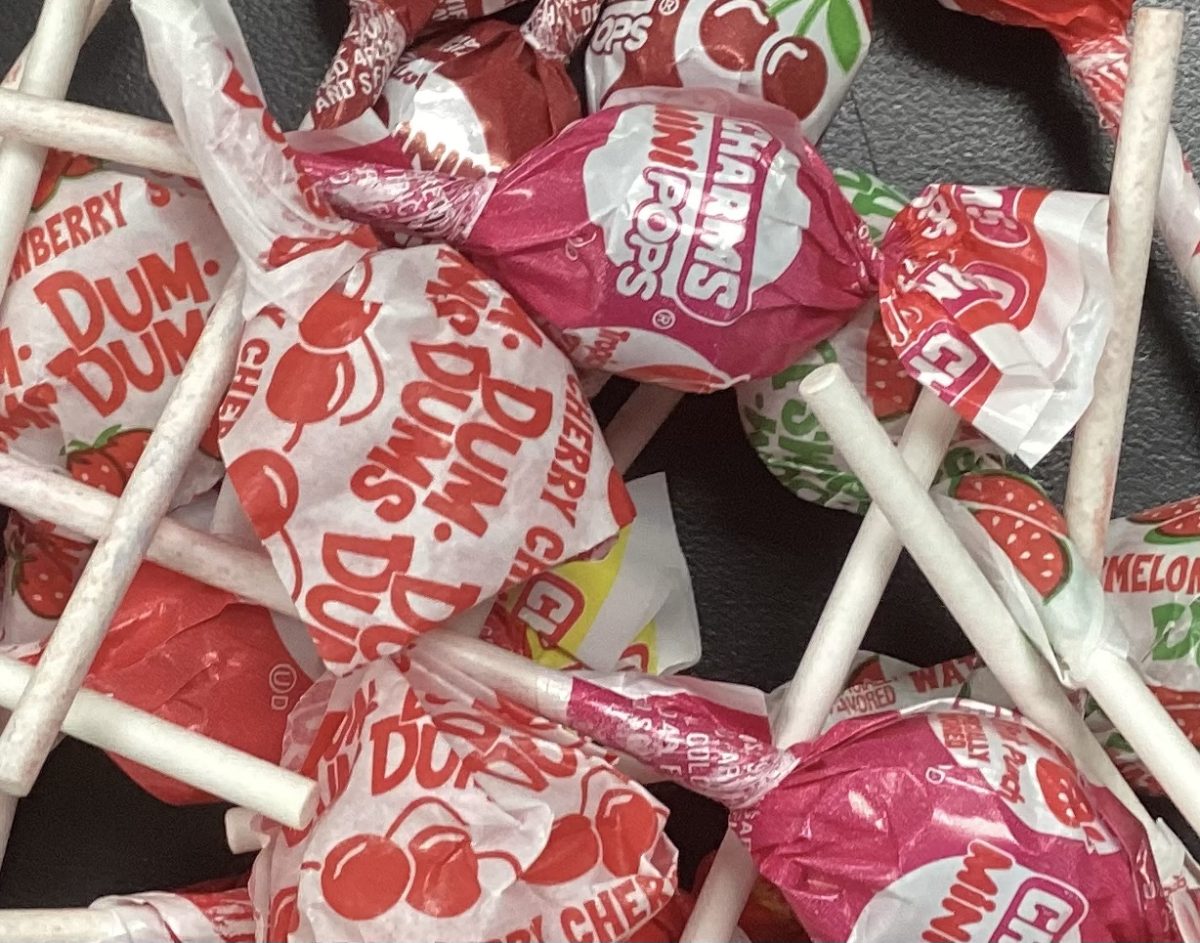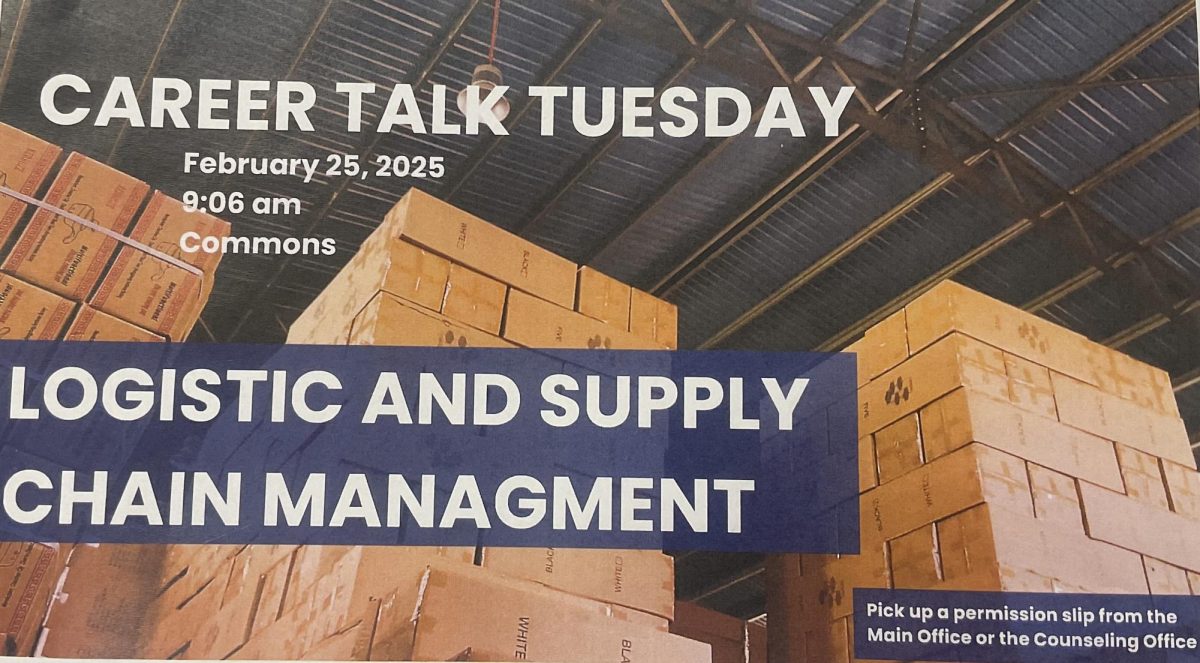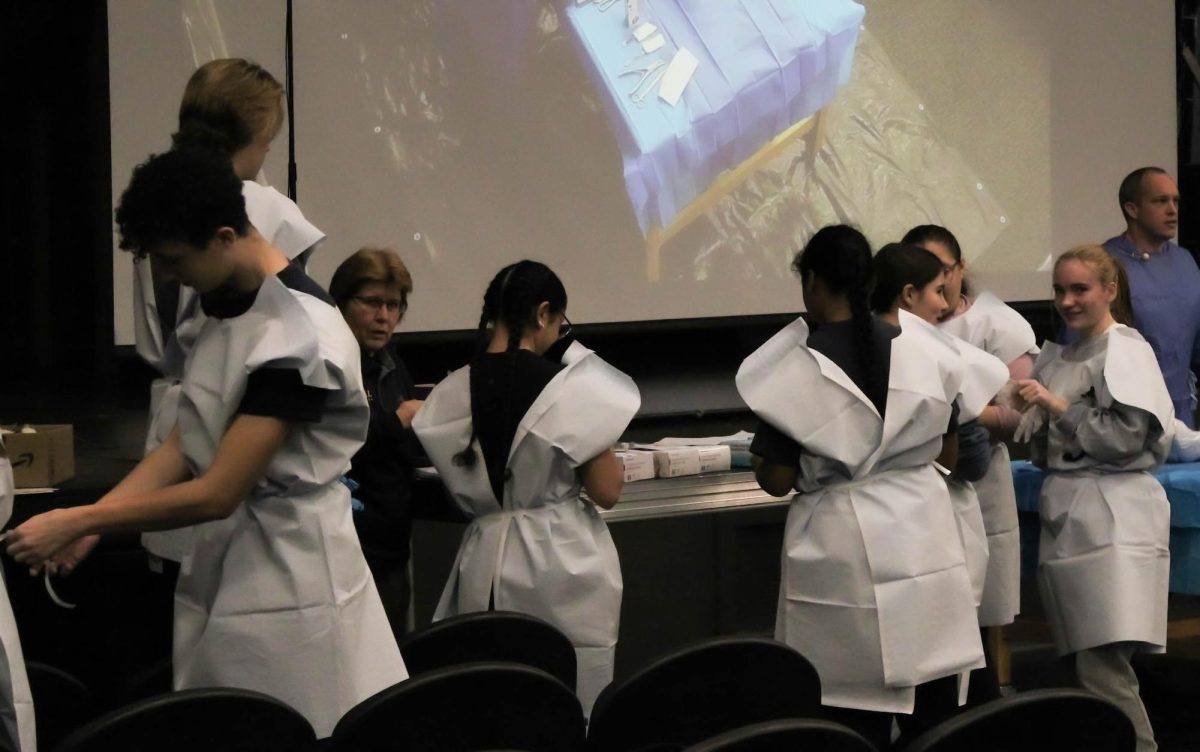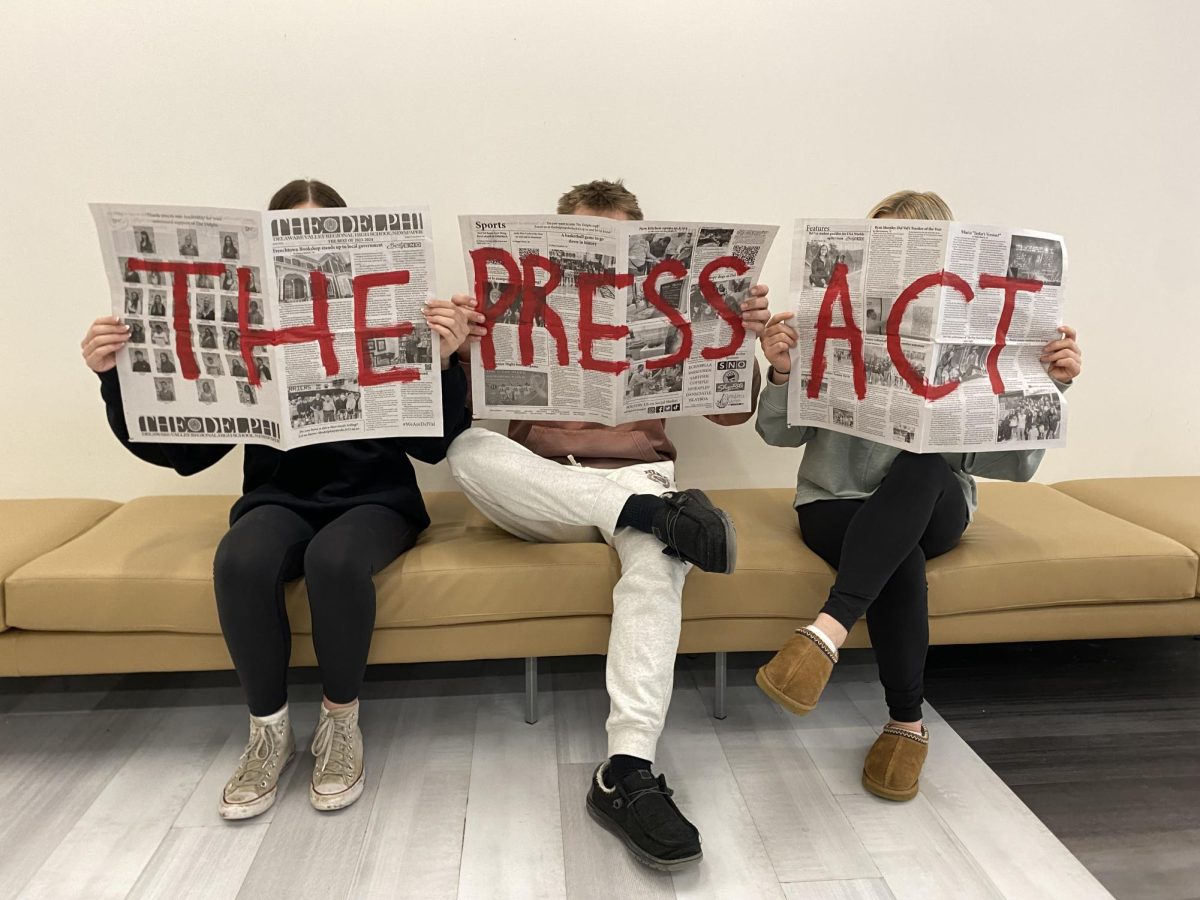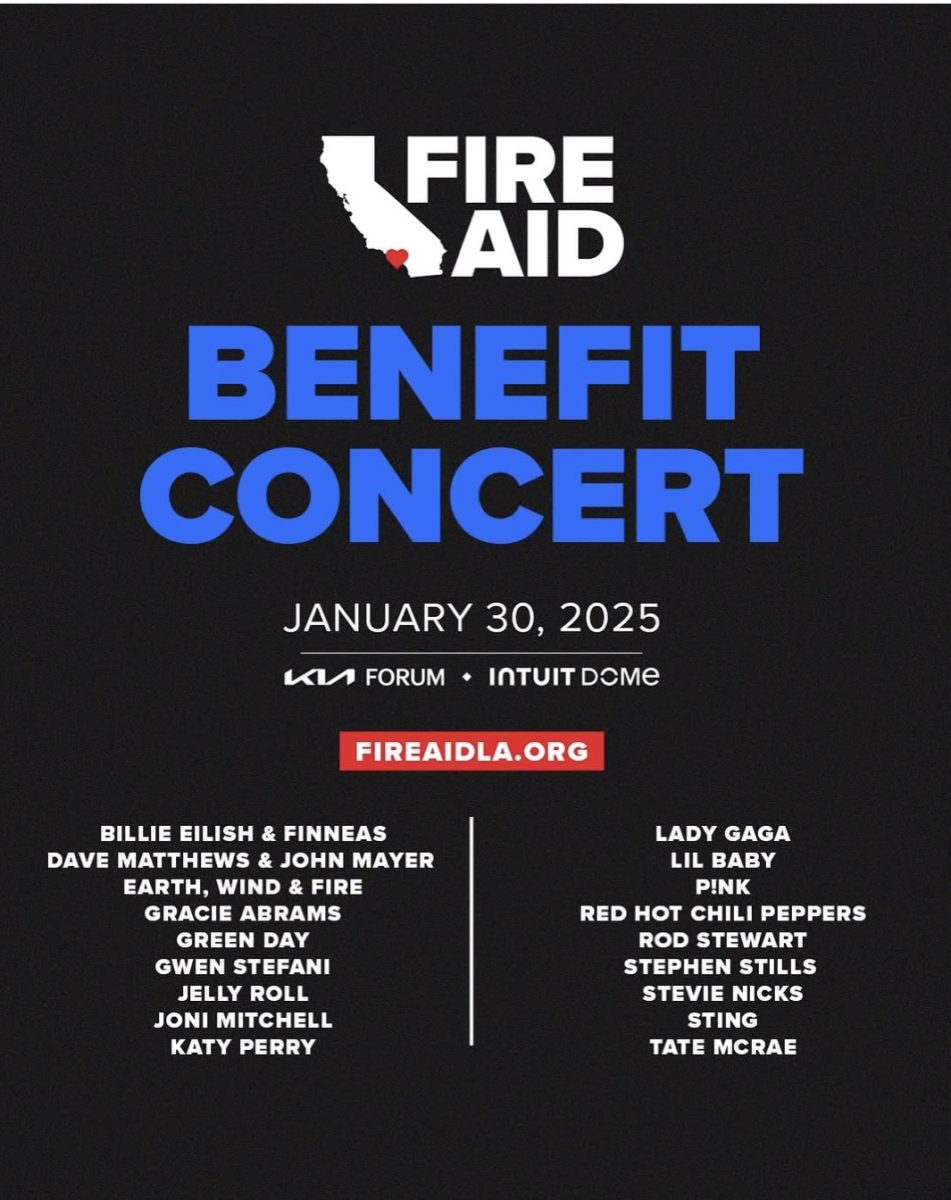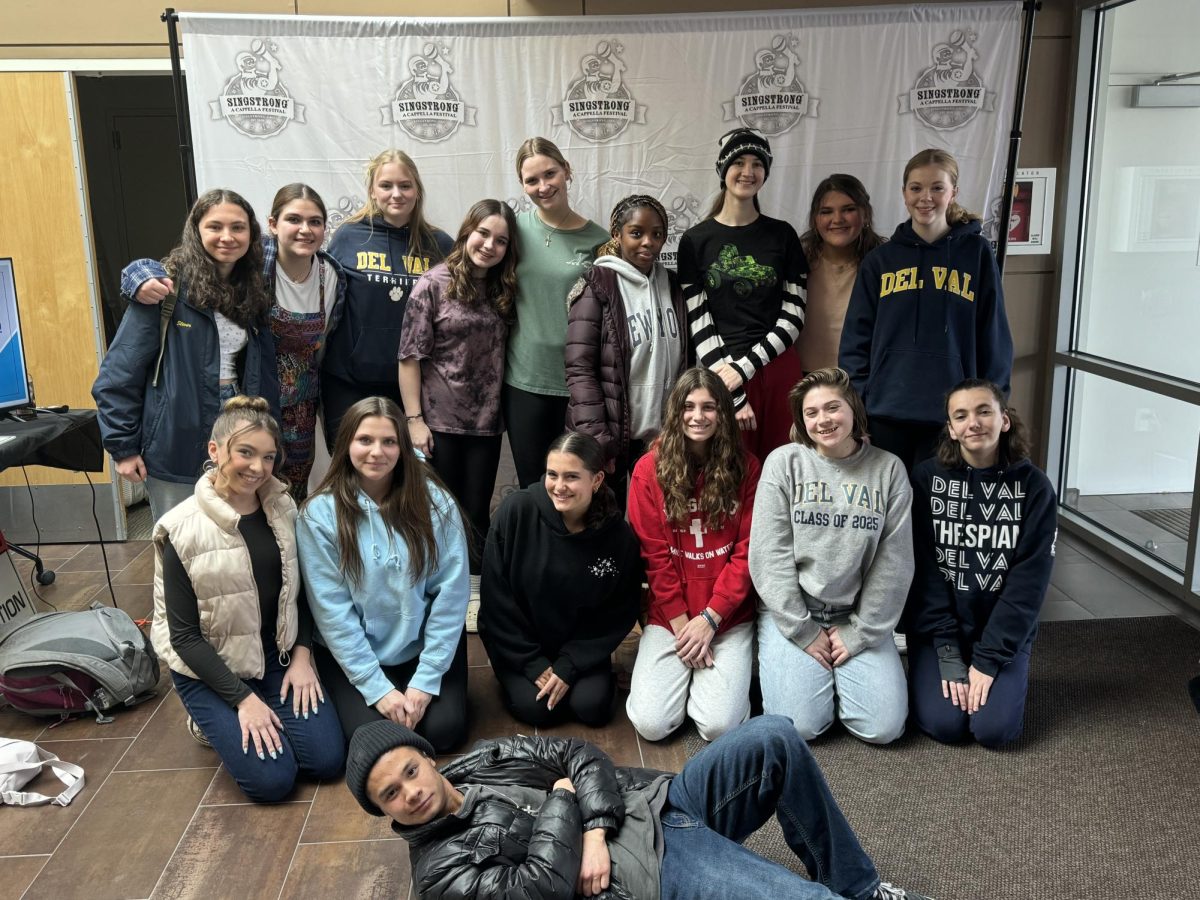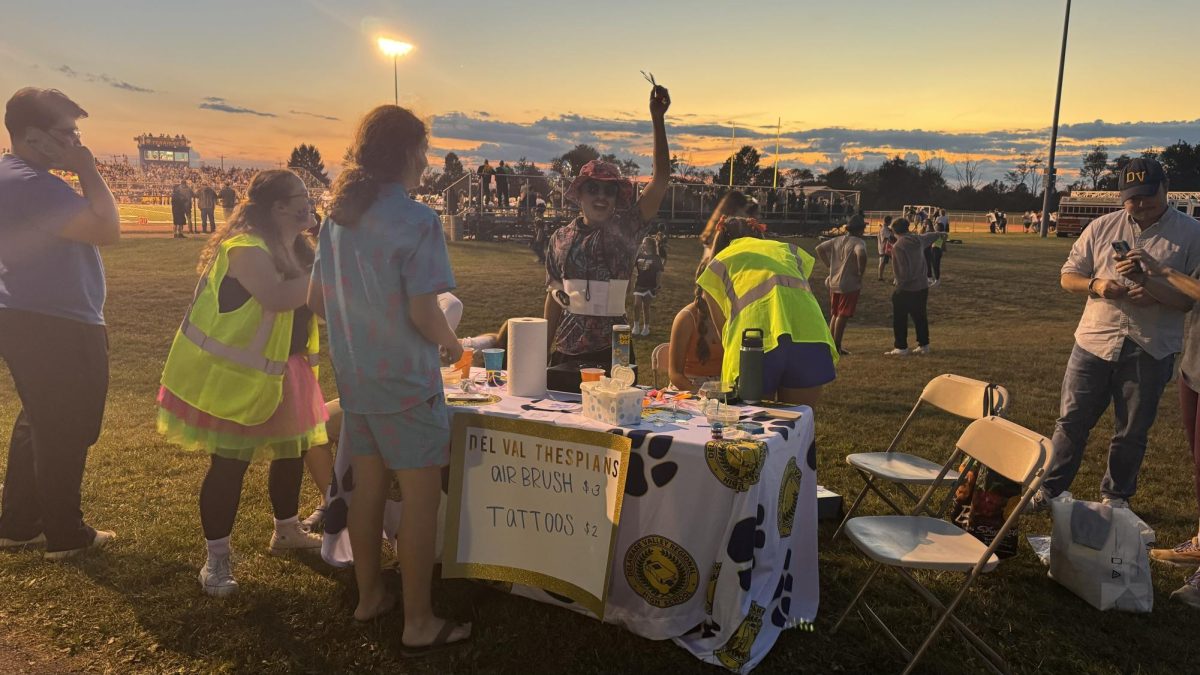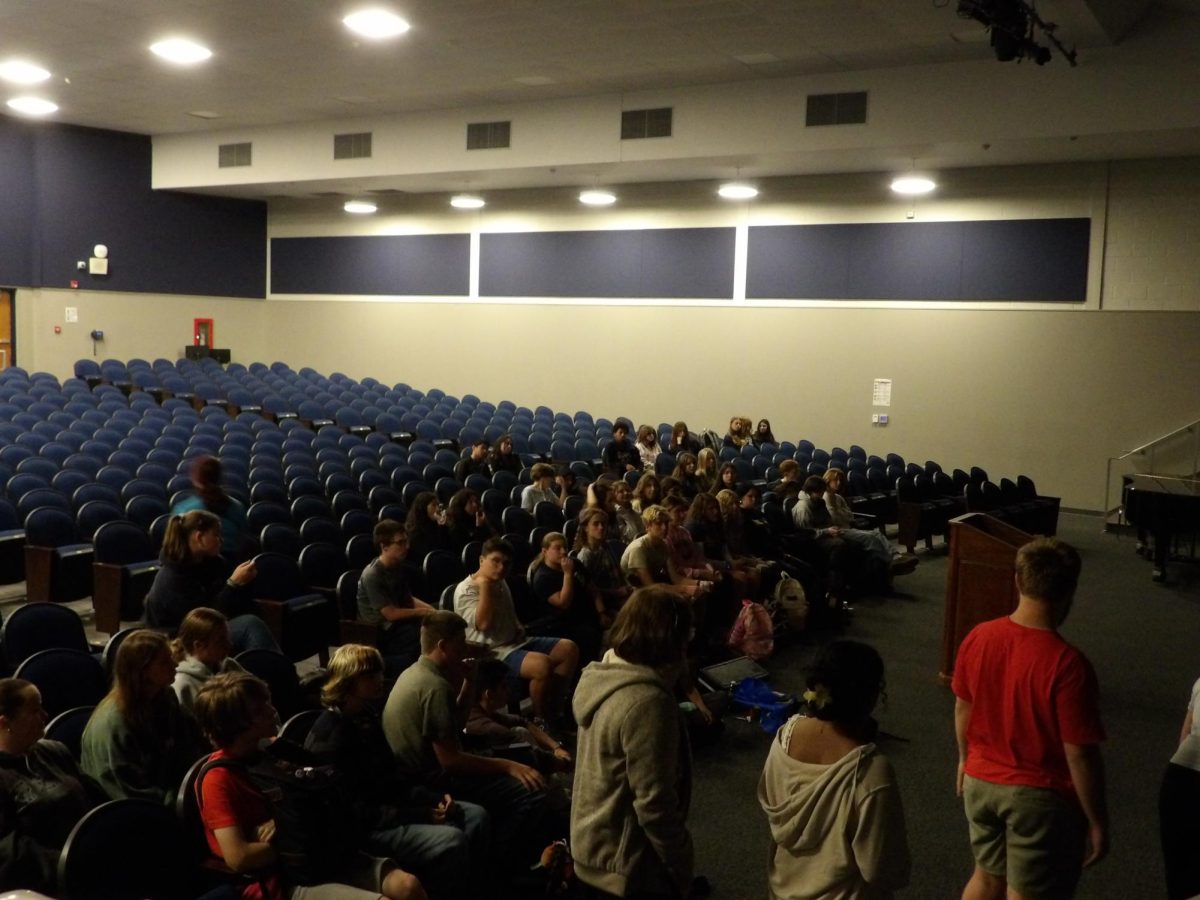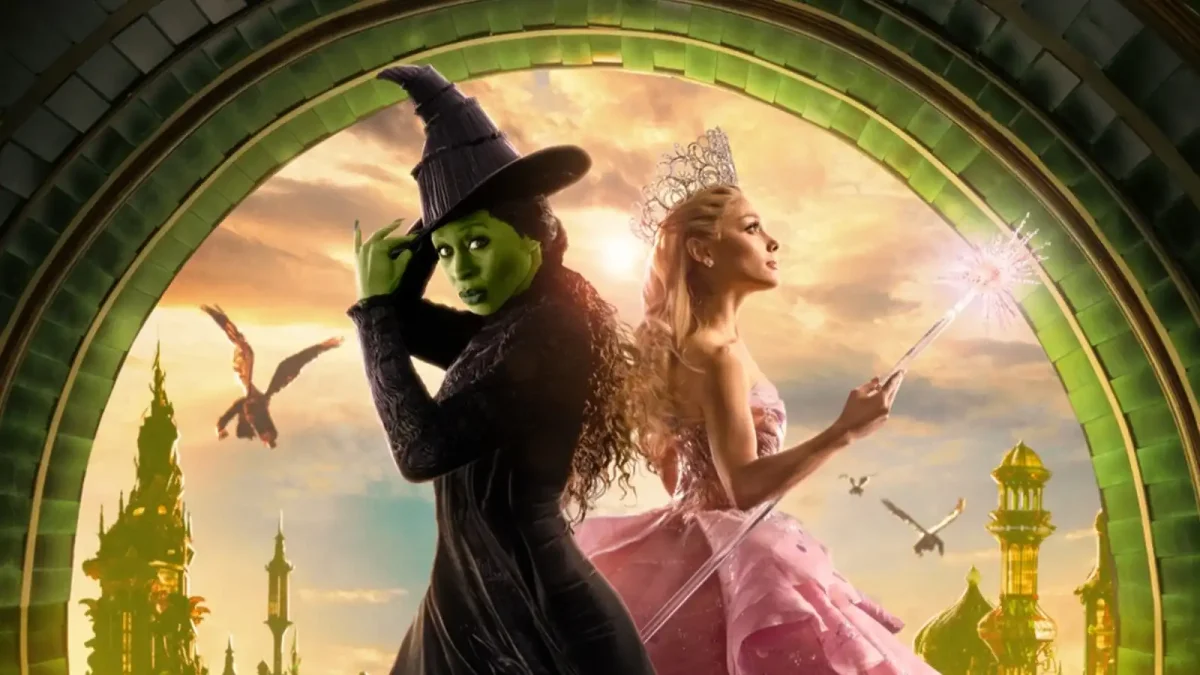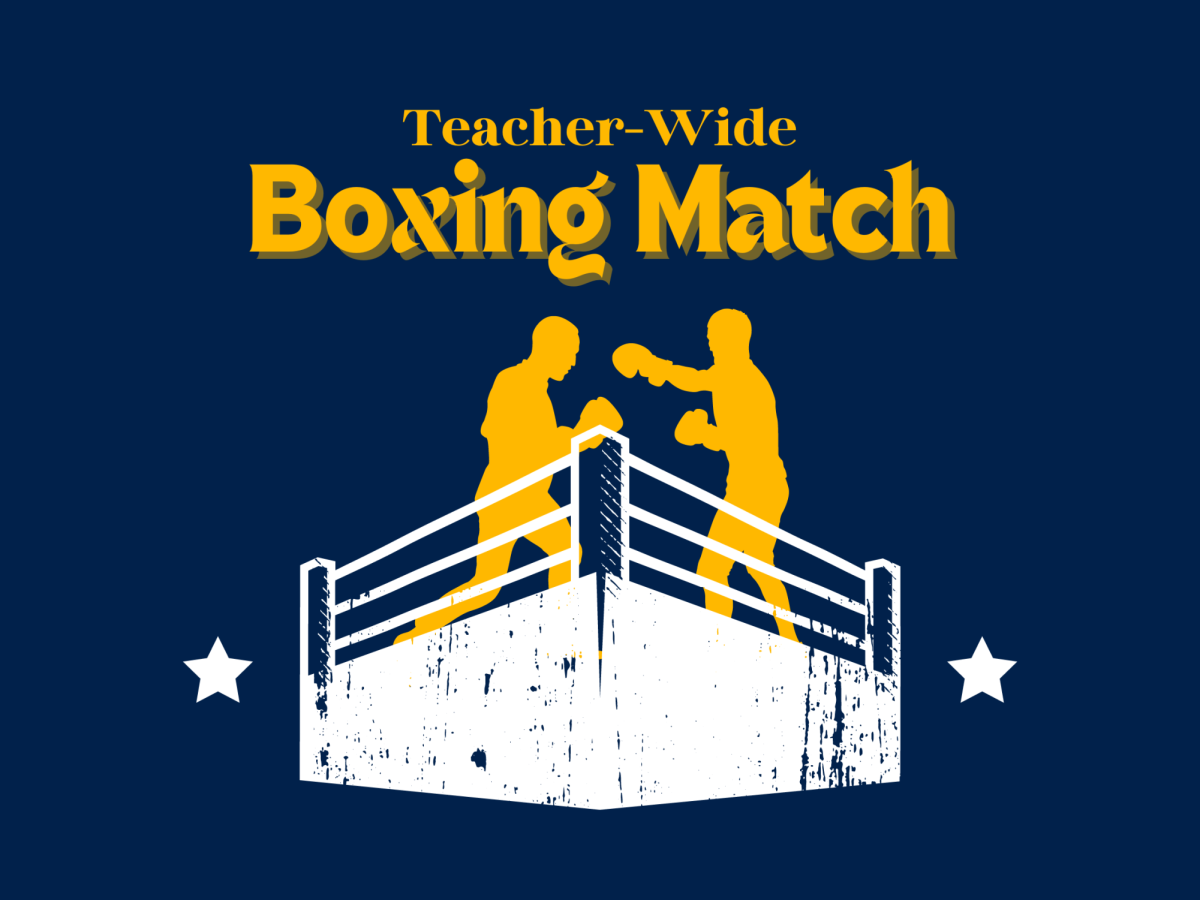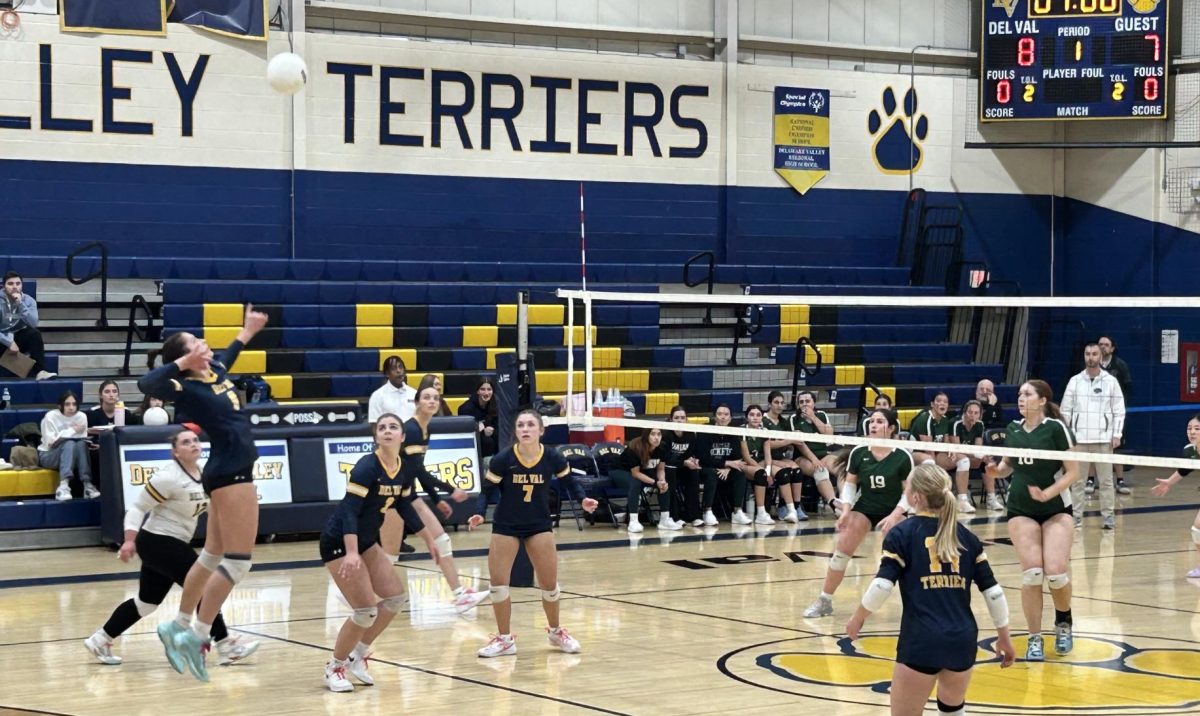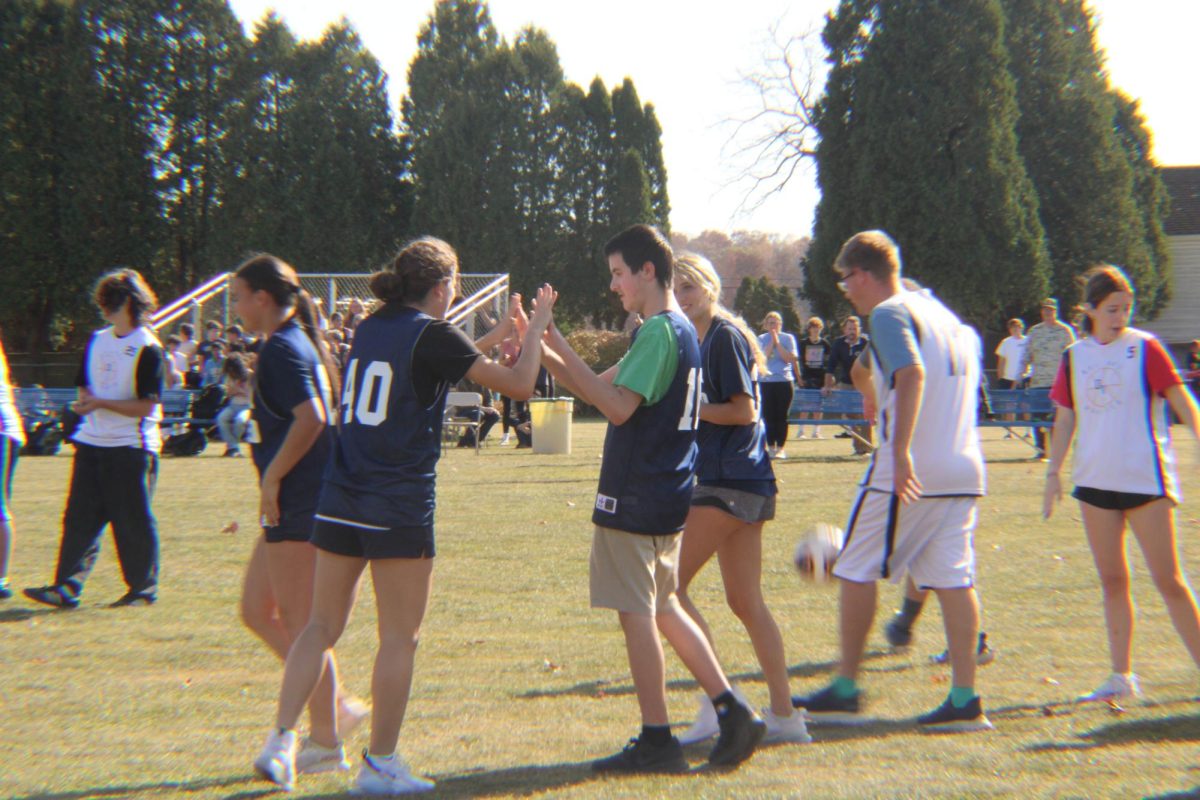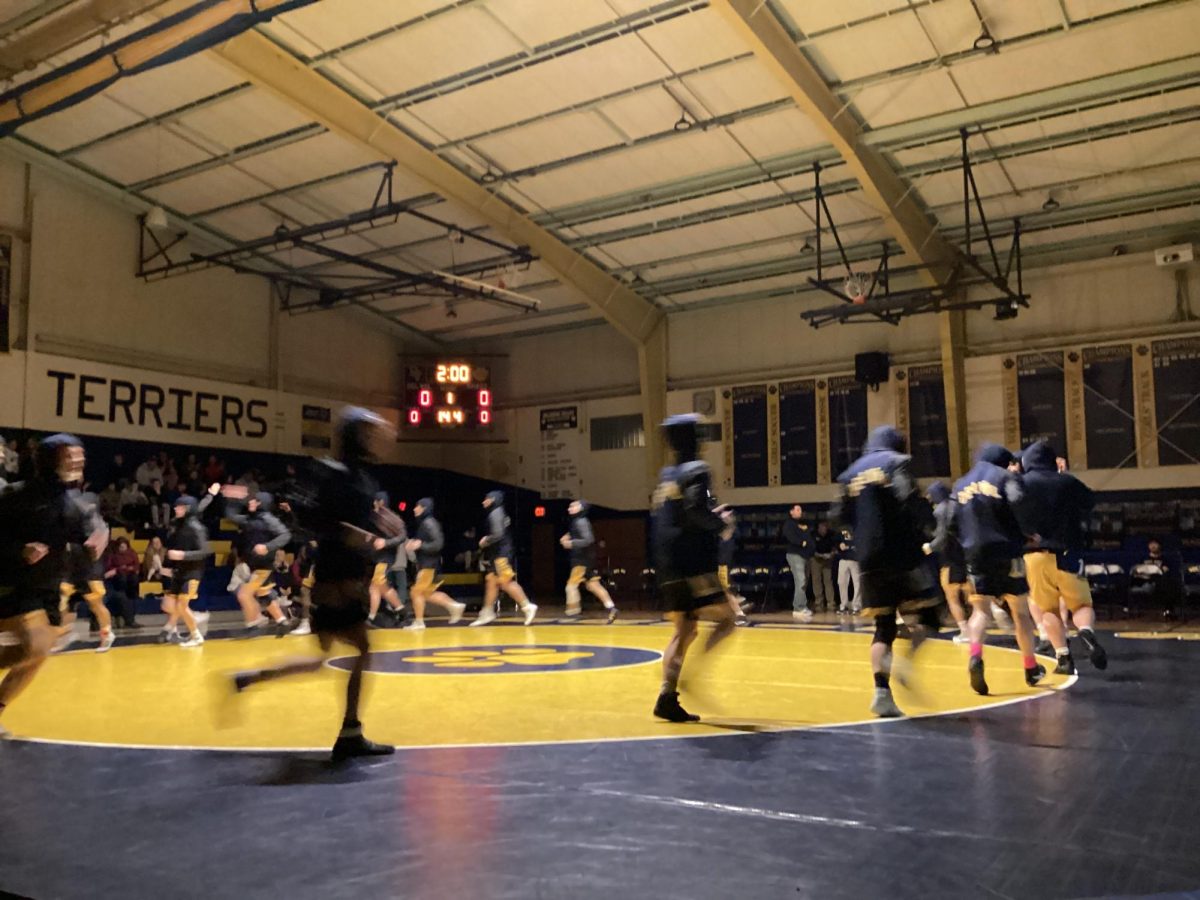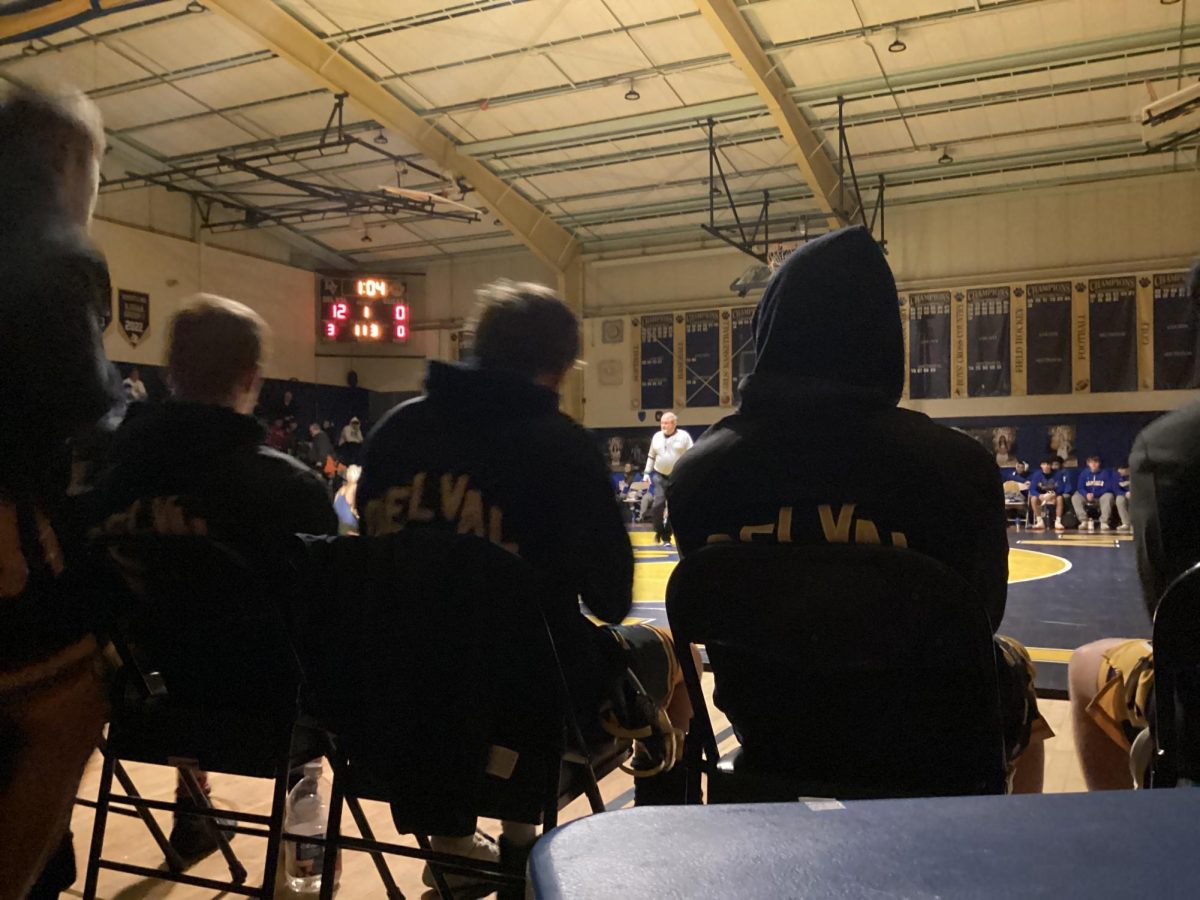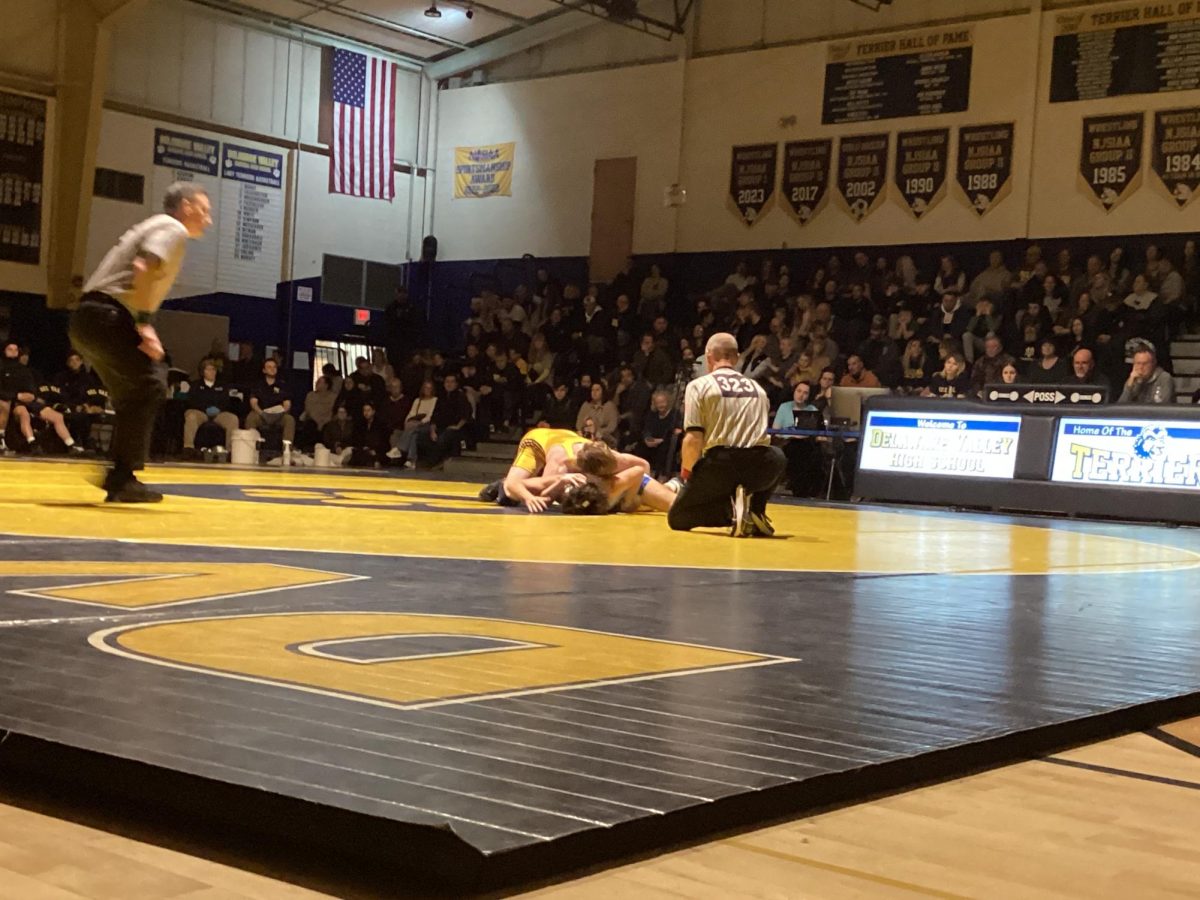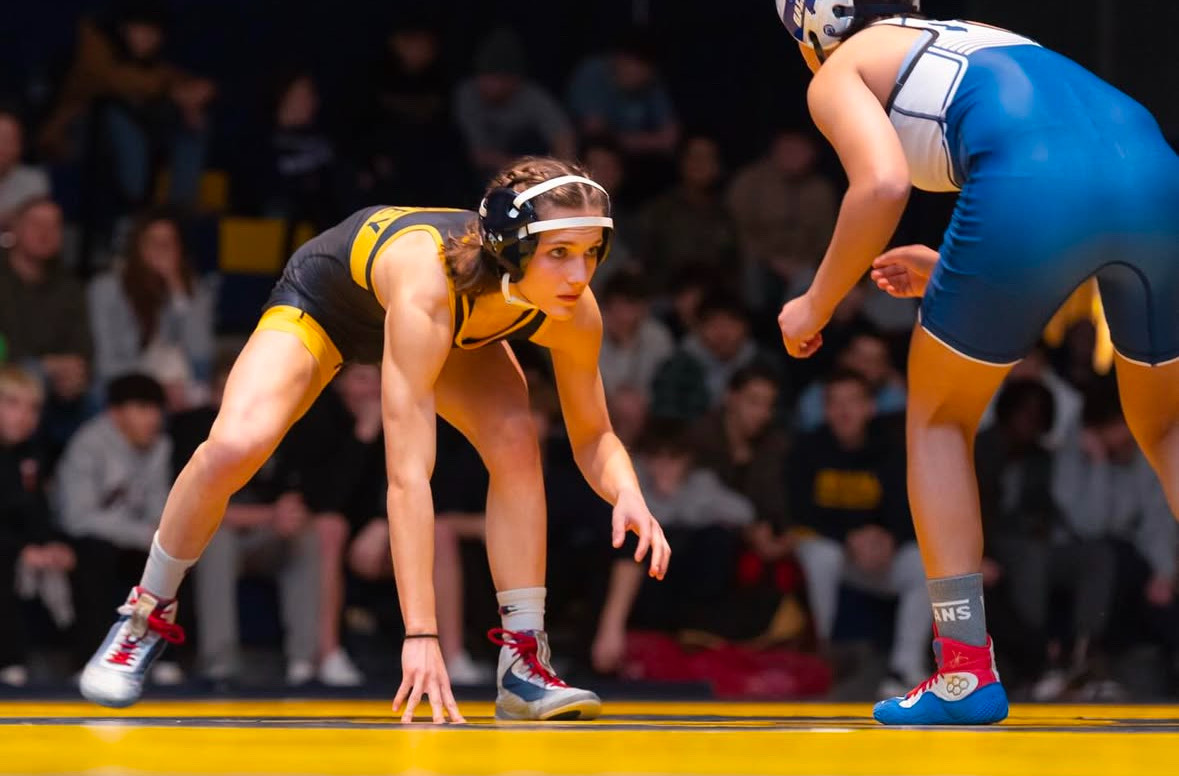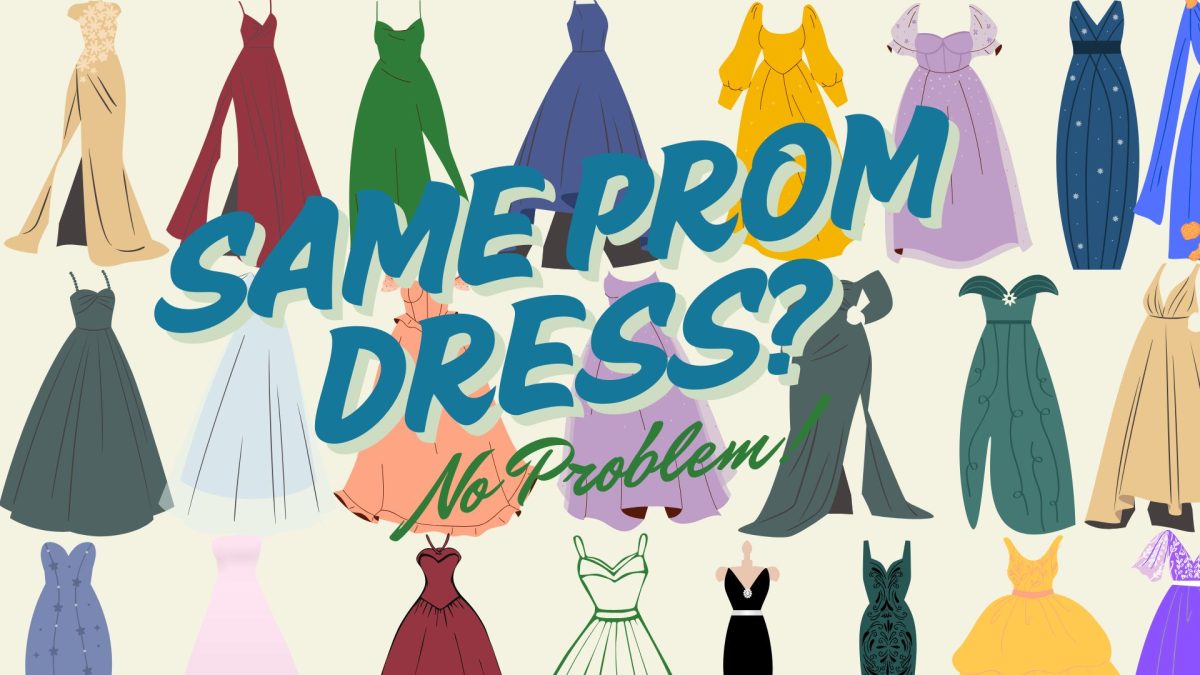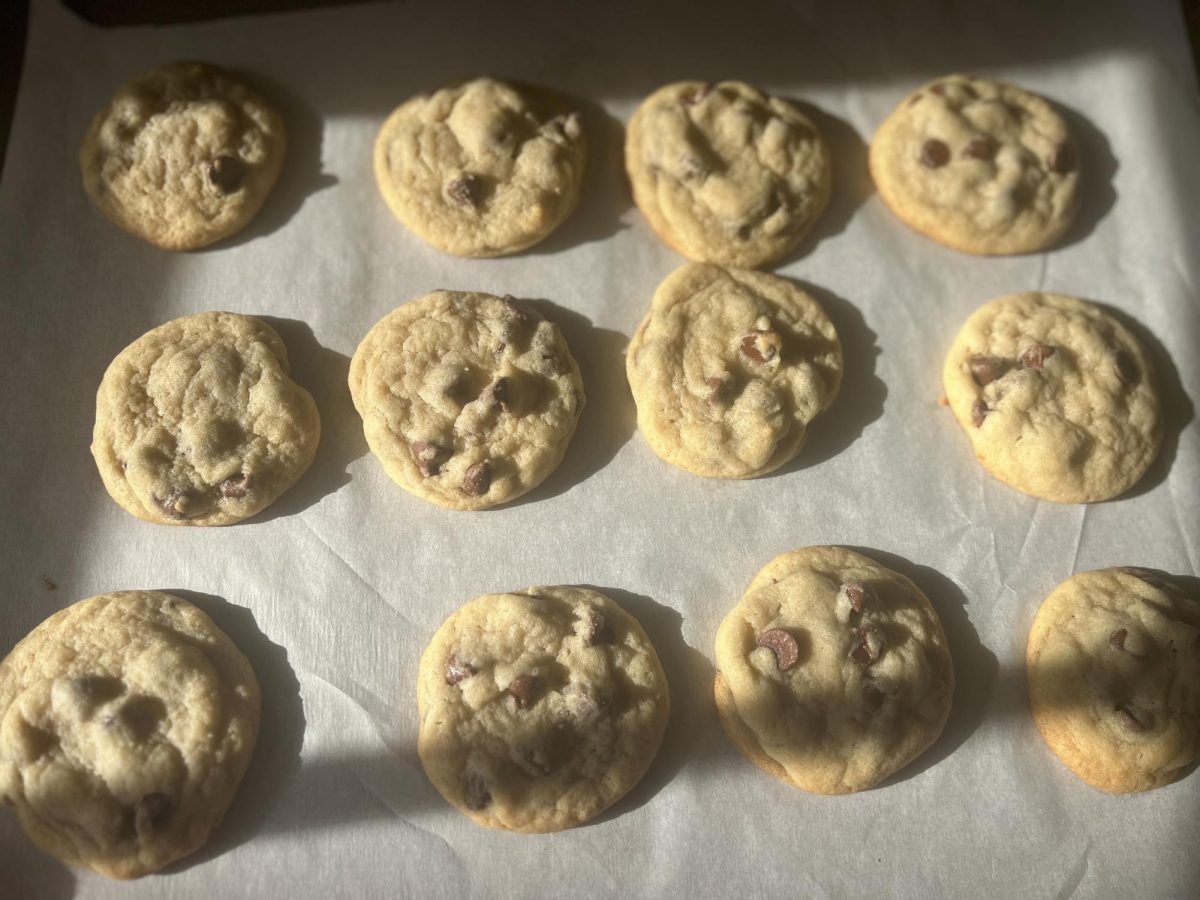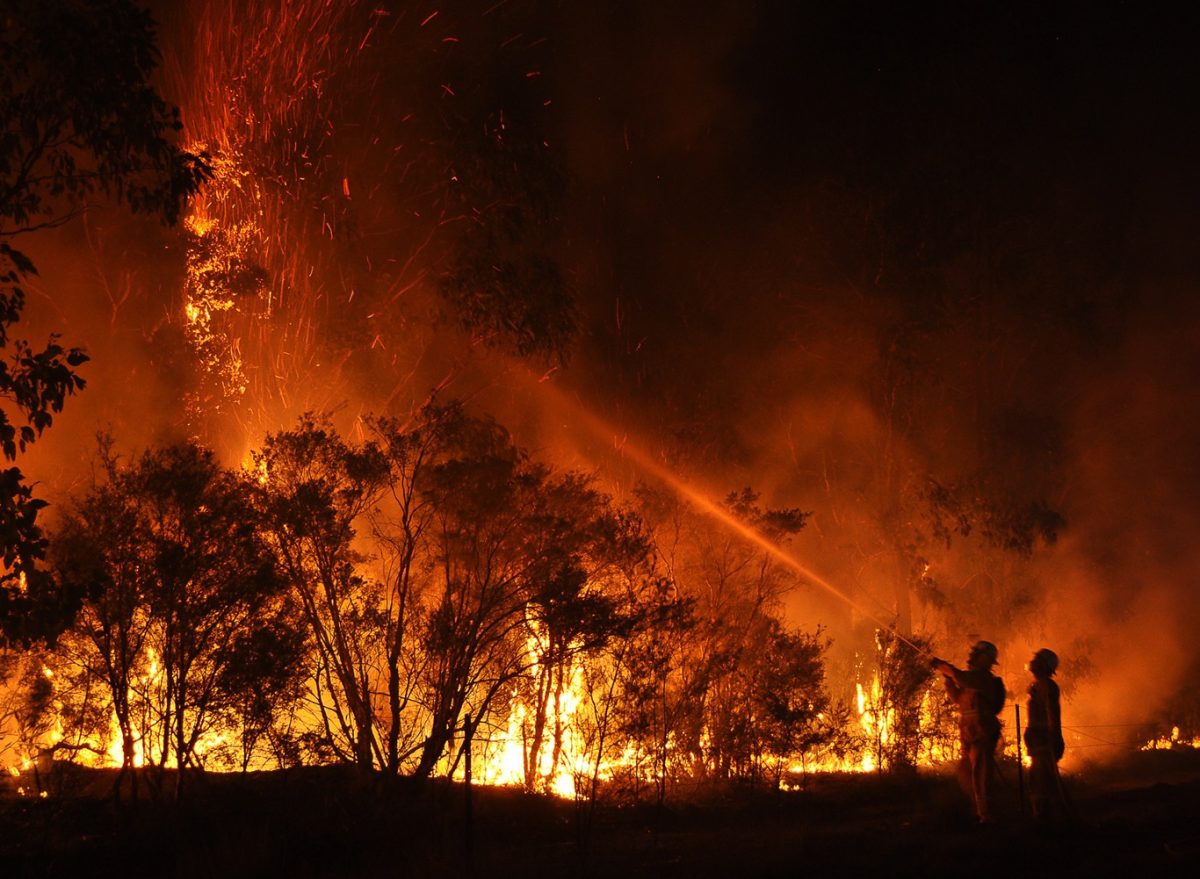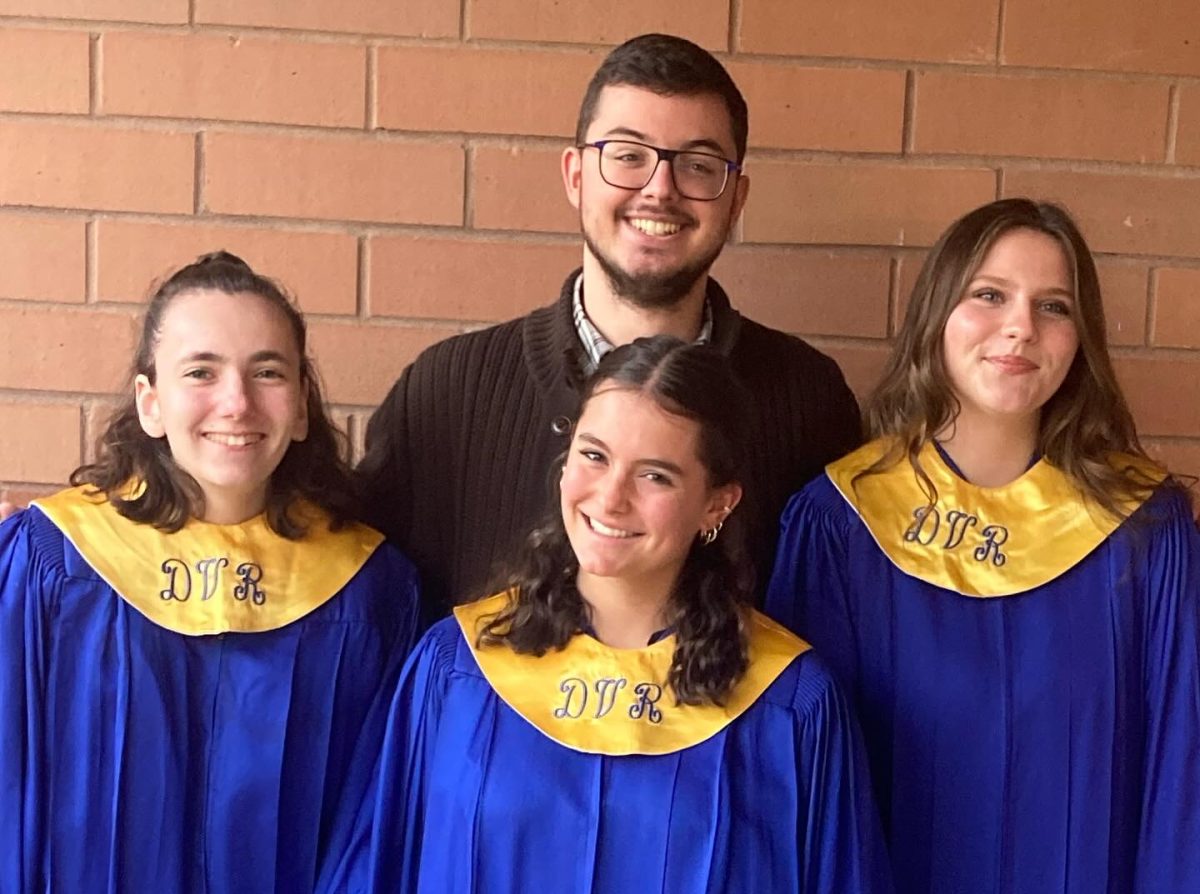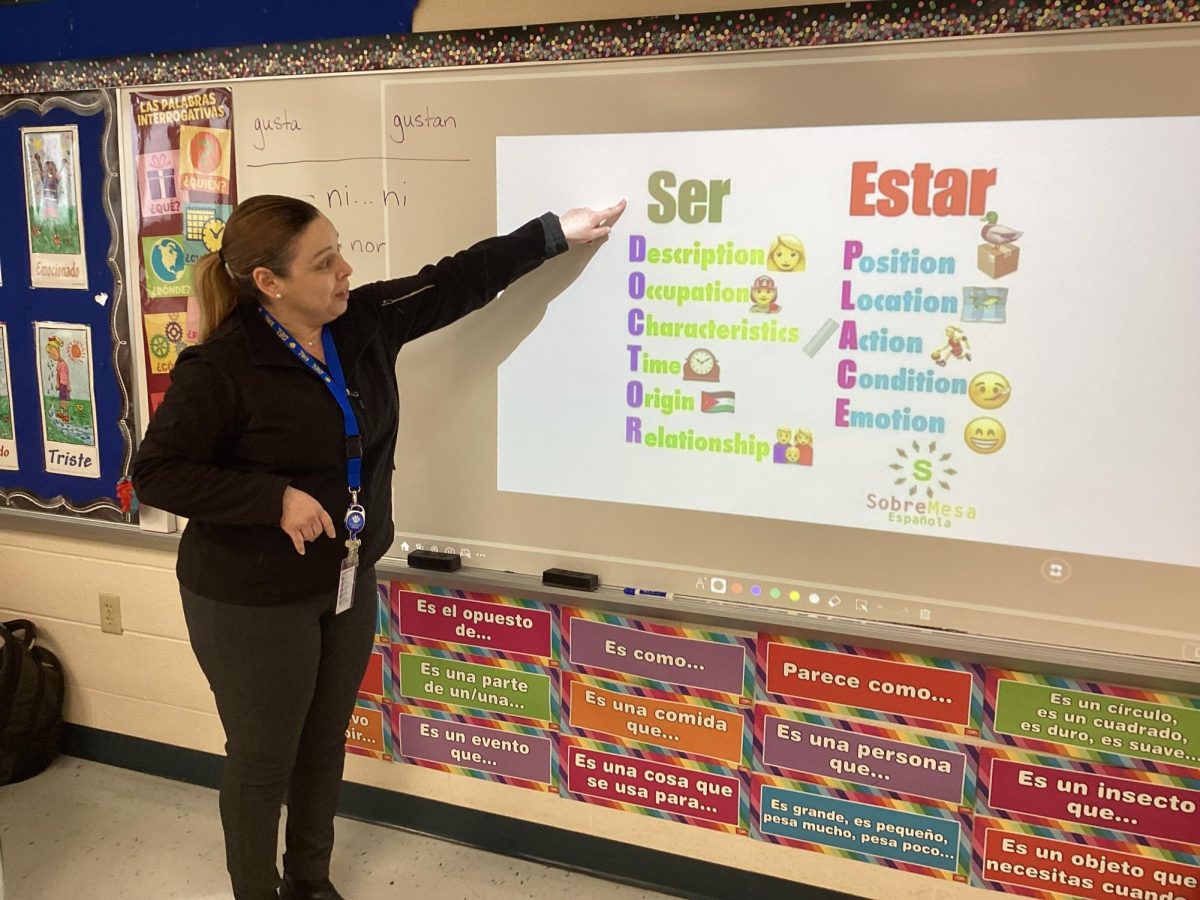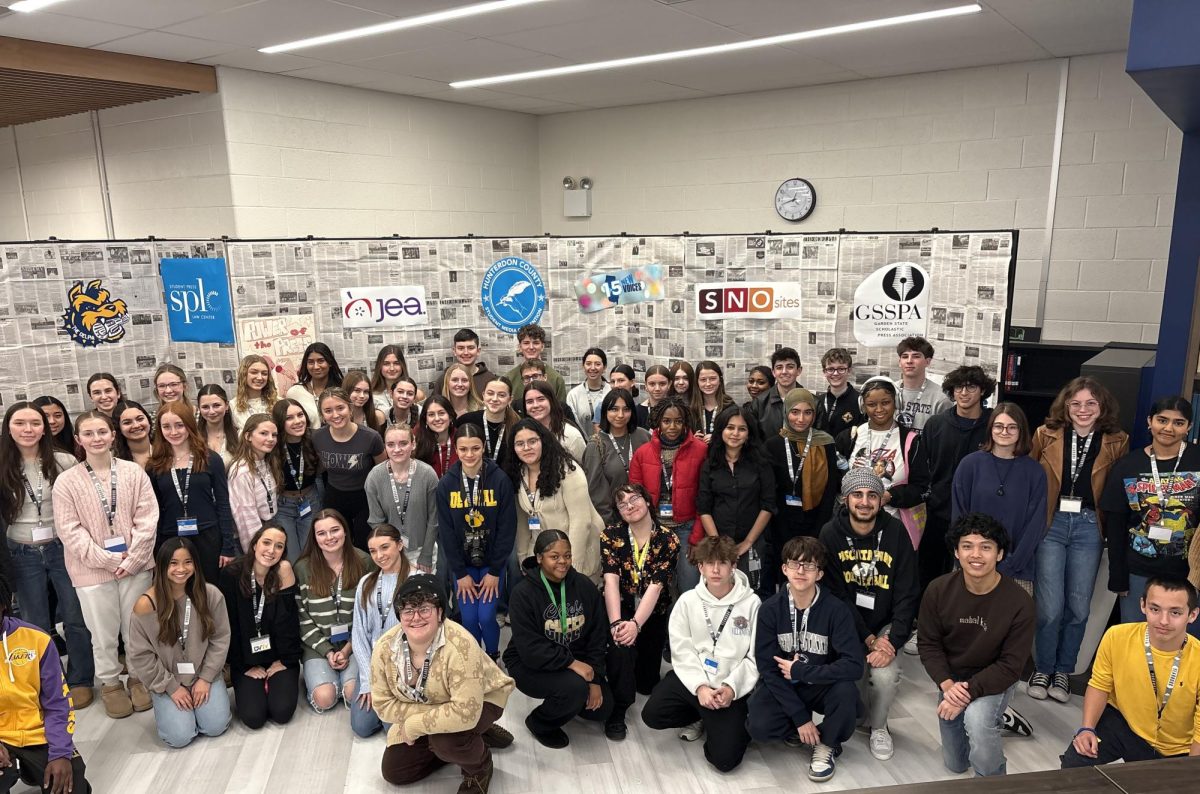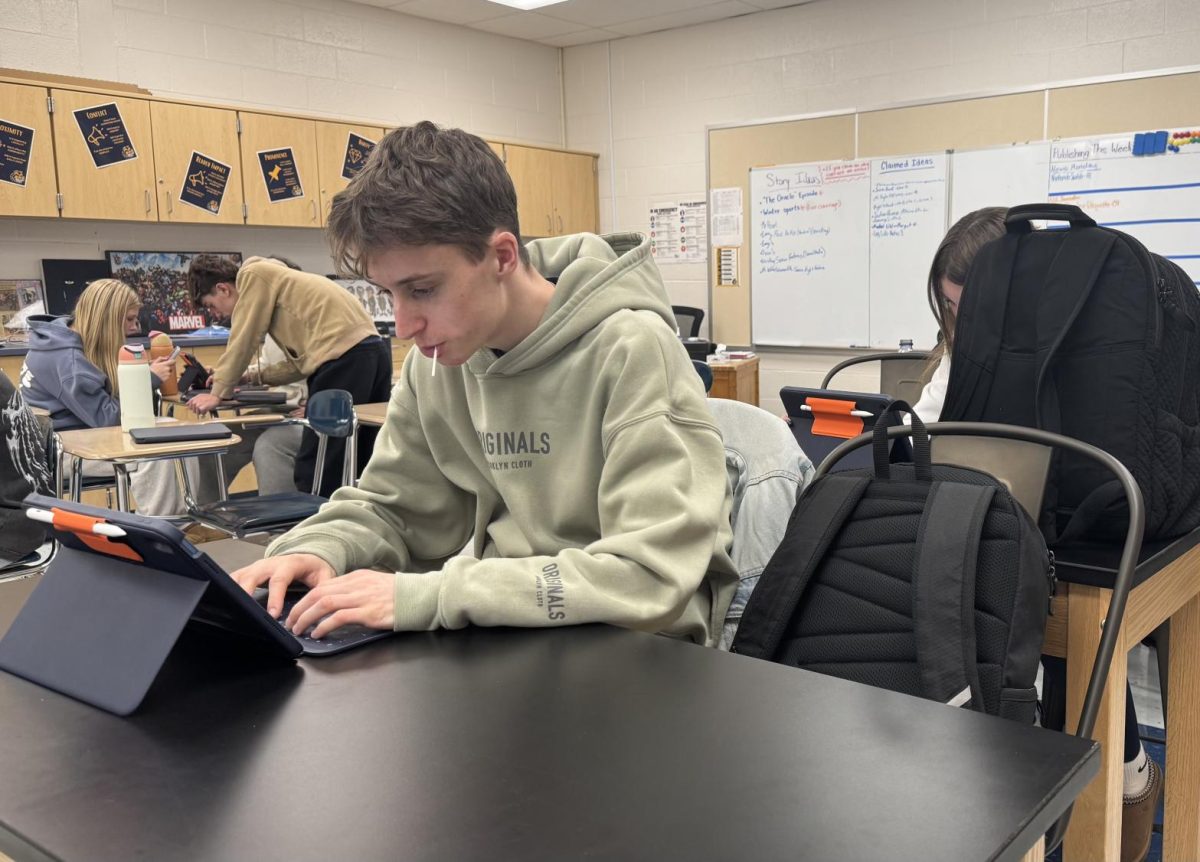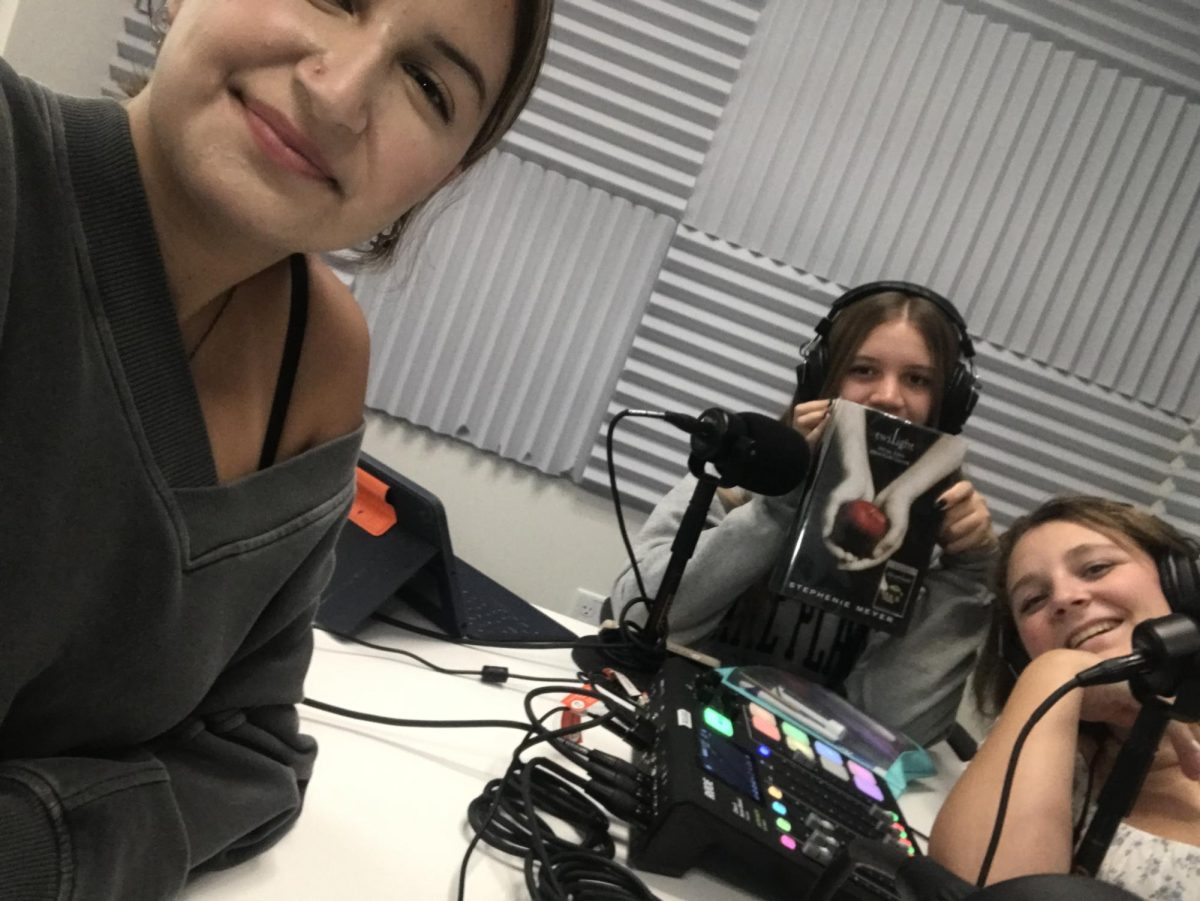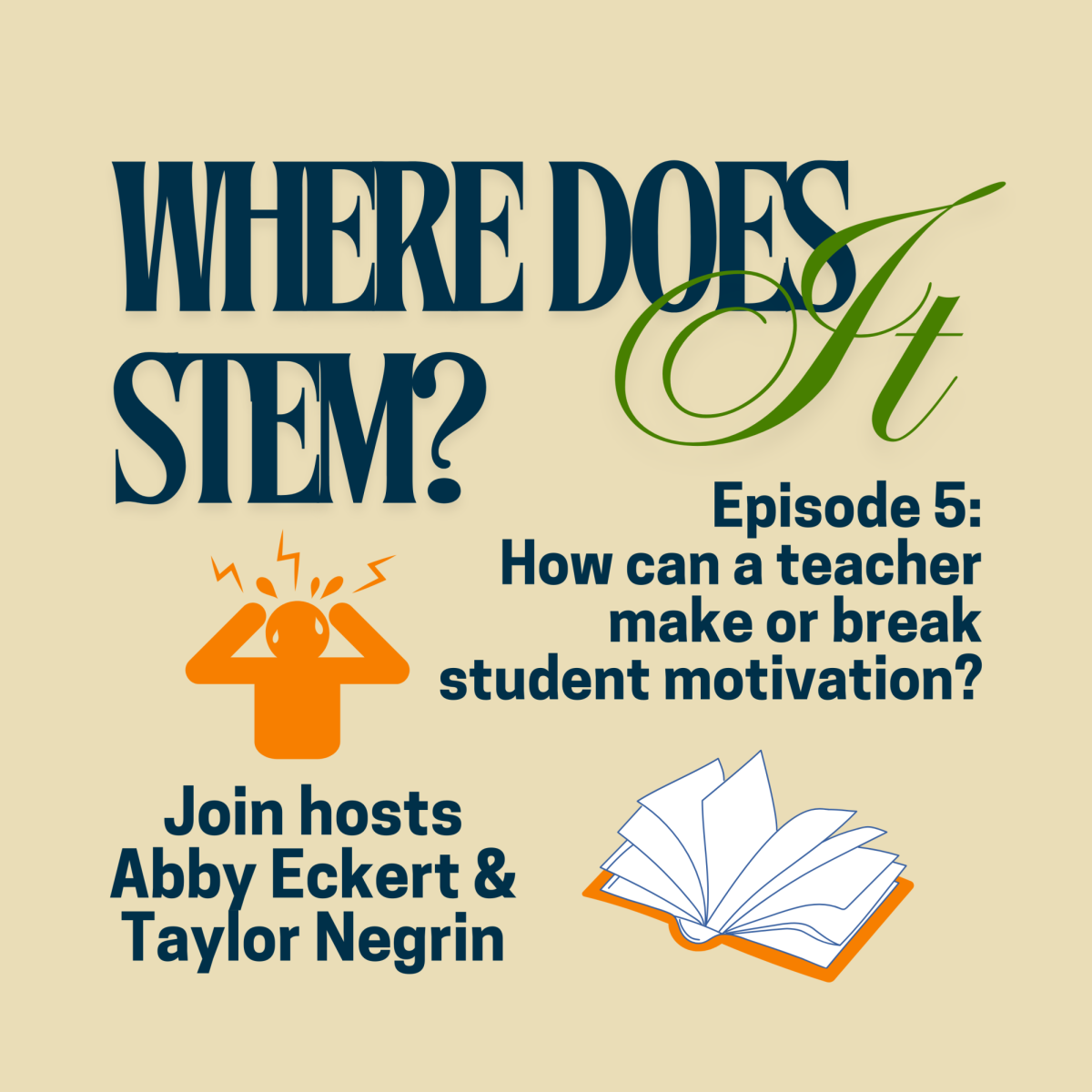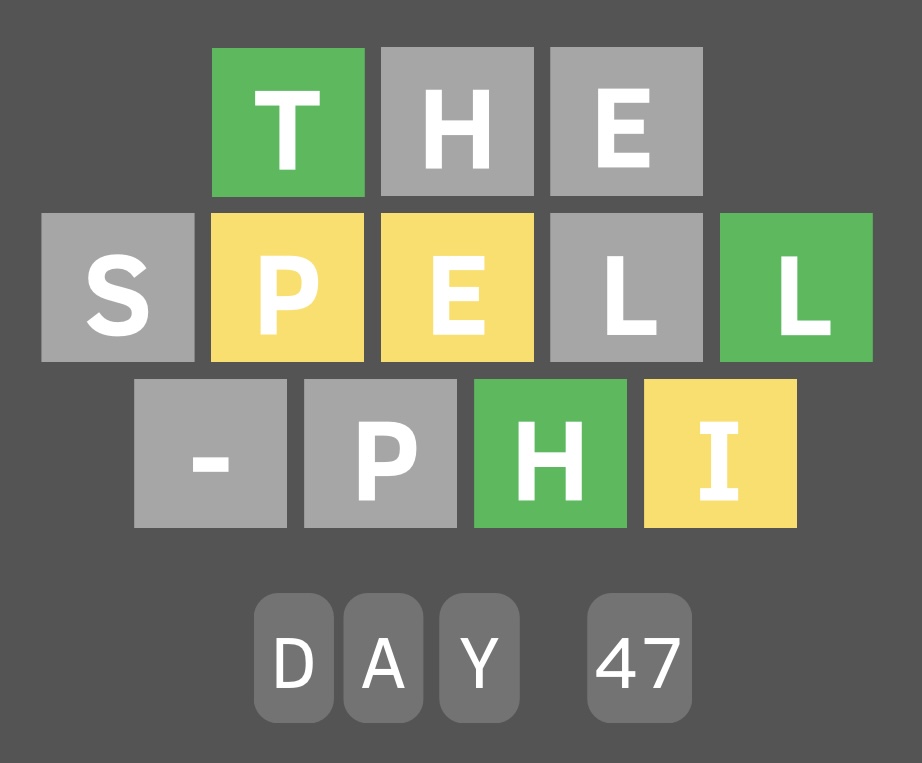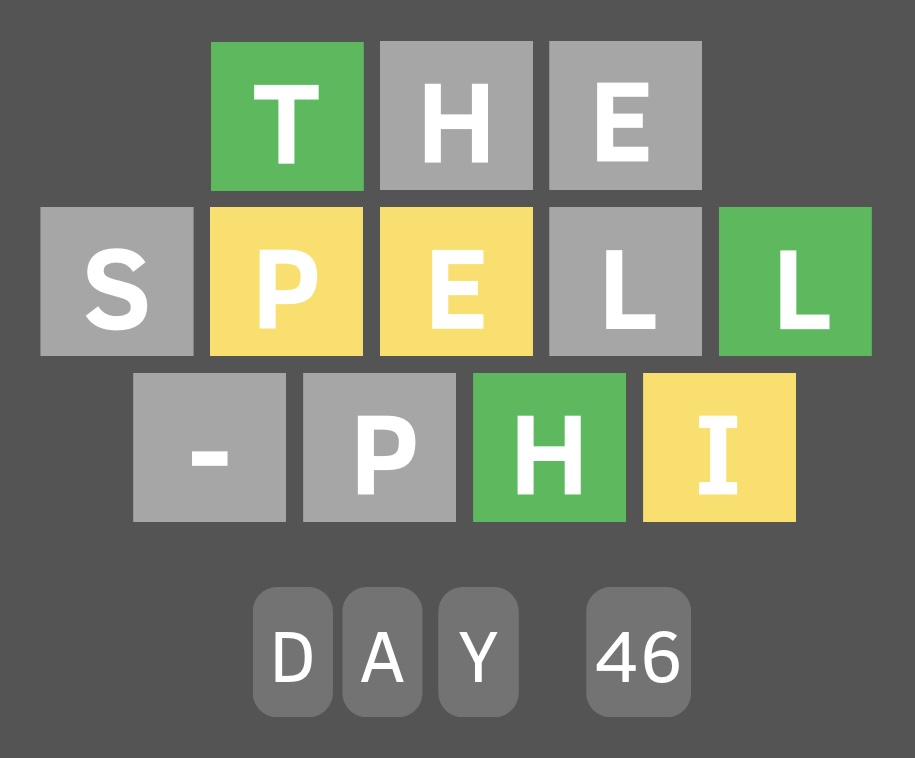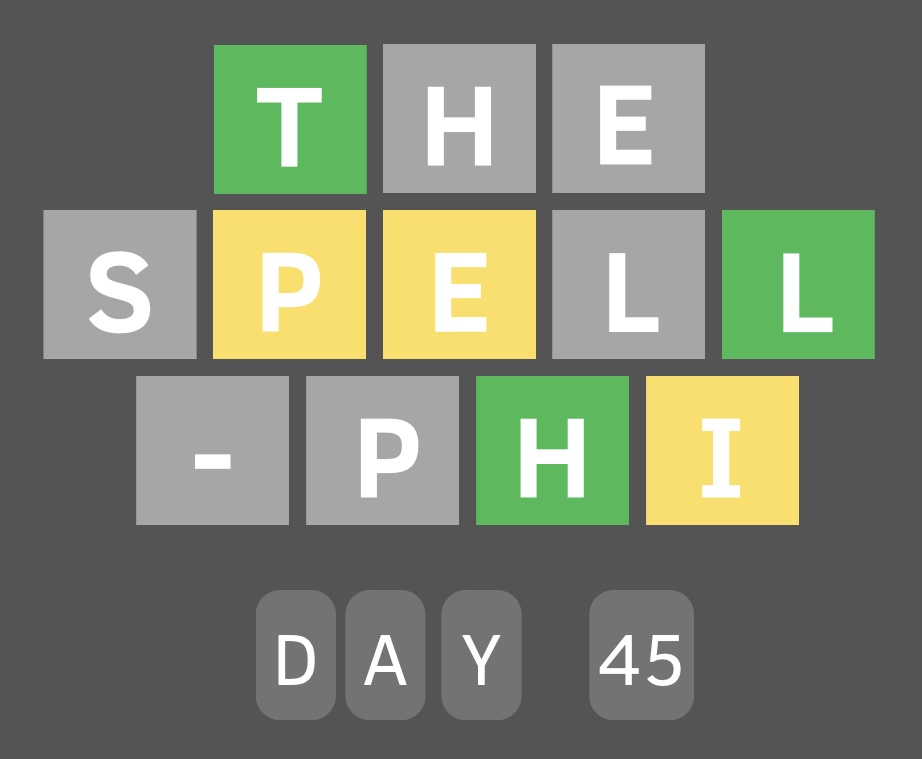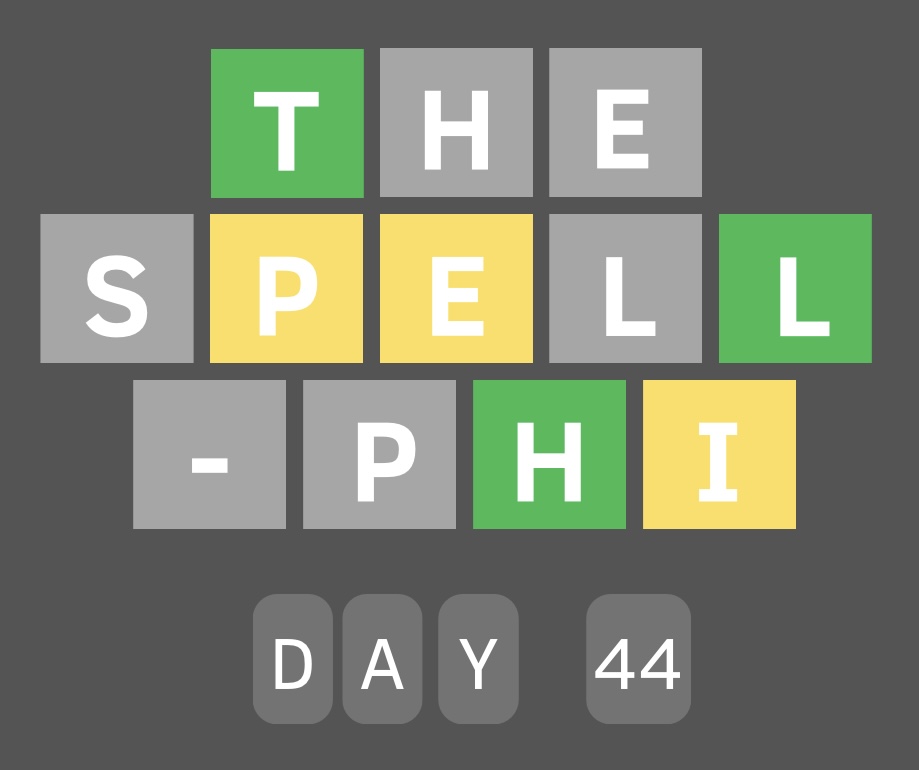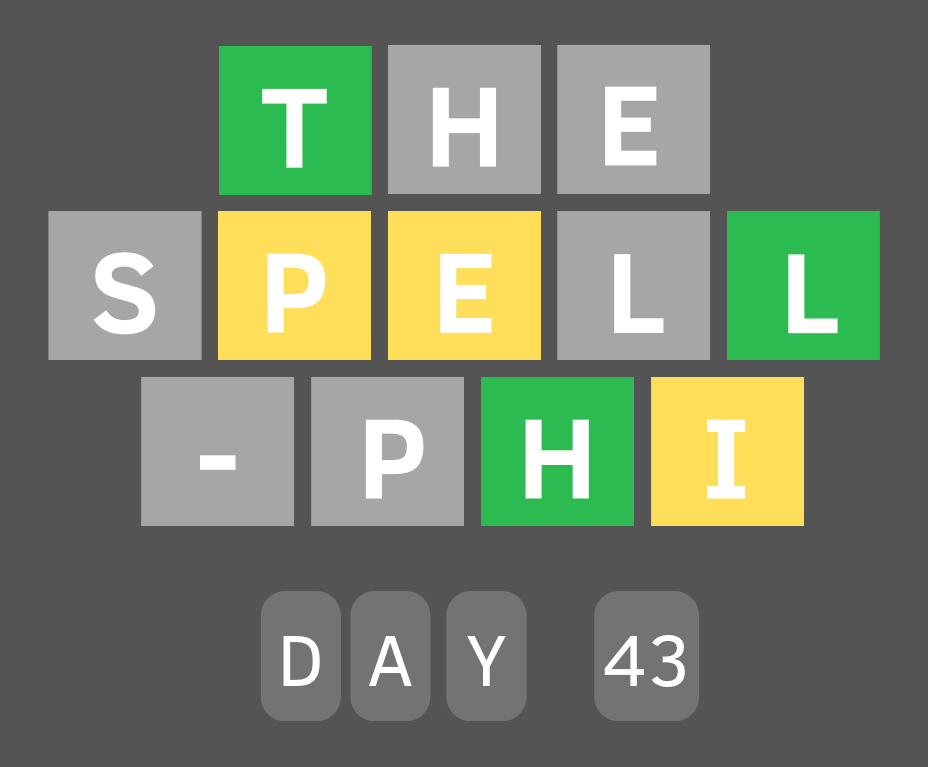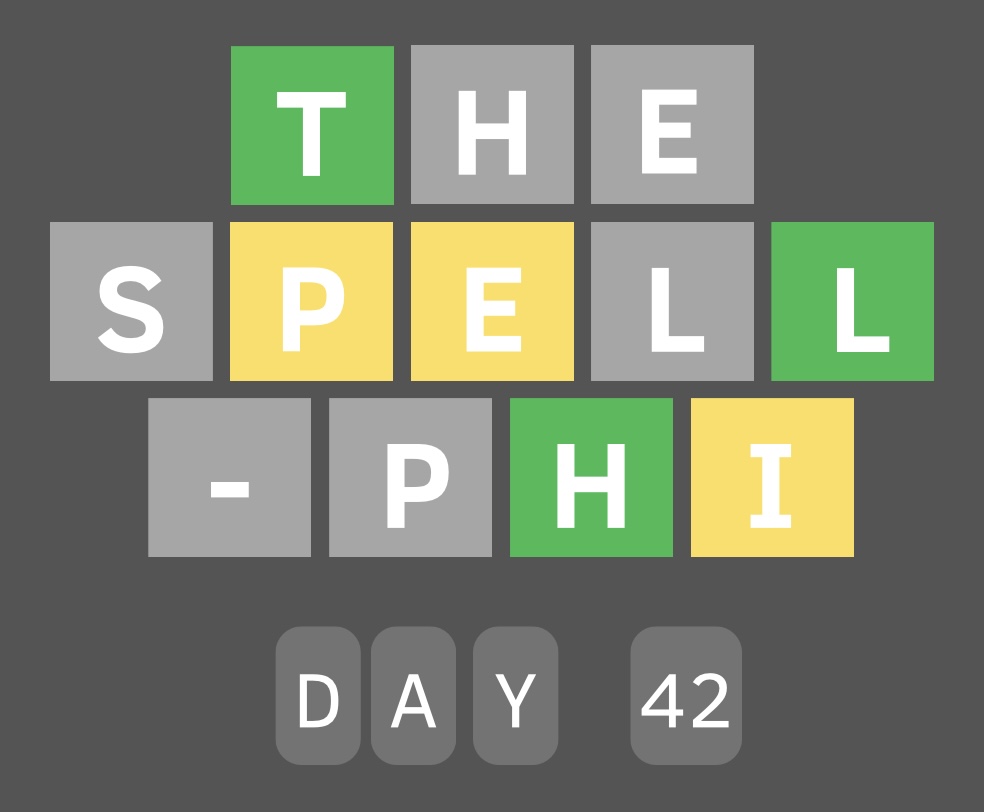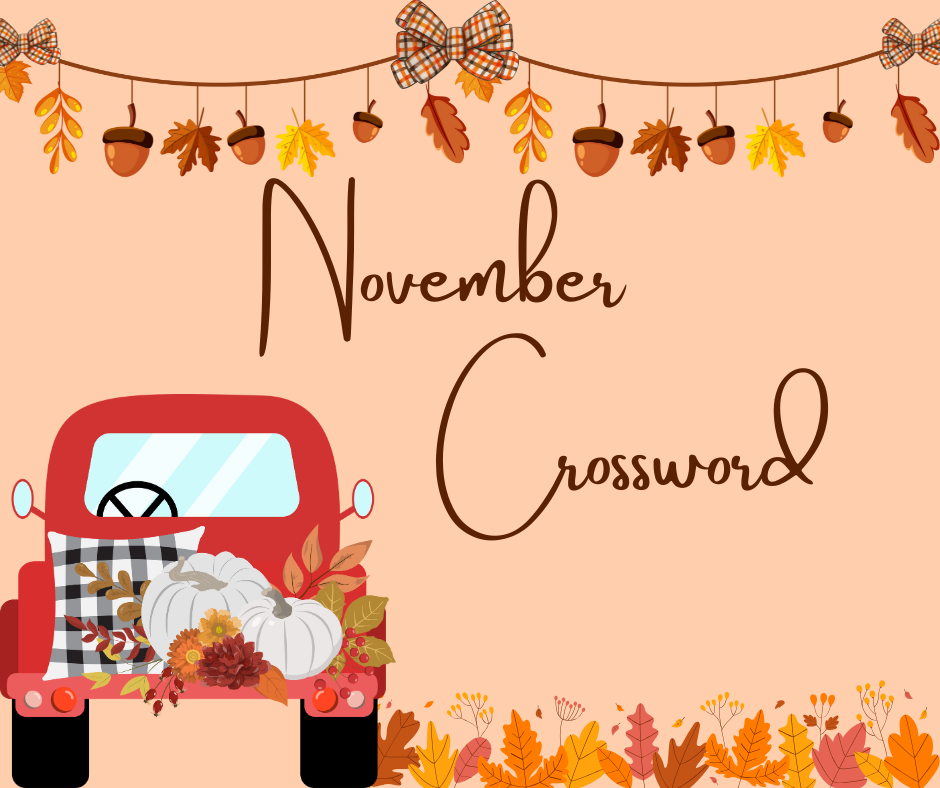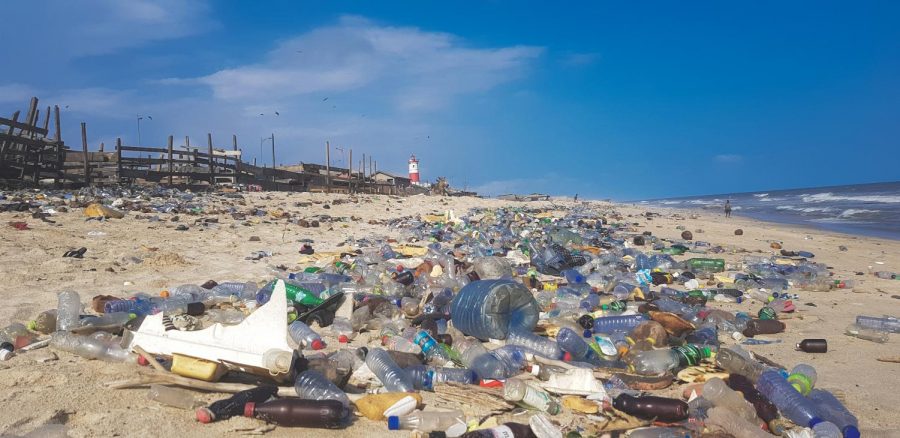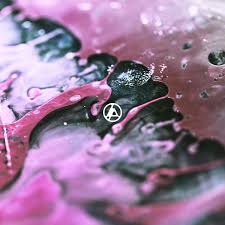The circle of life (and plastic pollution)
Photo via Wikimedia Commons under Creative Commons license
Plastic pollution in Ghana
February 27, 2020
Students everywhere grew up singing “The Circle of Life,” thinking about the lions, giraffes, zebras, elephants, and so many other adorable animals. But what wasn’t being sung about was a very real part of today’s world, the effects that plastic and humanity has on the environment, which also plays a part in “the circle of life.”
Plastic is becoming a “hearty” part of animals’ diets. Perhaps the most detrimental effects of plastic pollution are seen on the sea turtle population. Plastic littered into the ocean is ingested by these turtles, which ends up causing blockages in their intestines. This can affect the turtles’ ability to consume food or to absorb nutrients, and it can also cause the turtles to bleed internally.
By being careless when disposing of plastic waste, we are not only hurting sea turtles, but we are also harming other factors of the ecosystem. Just like how people mow their lawns, sea turtles graze over sea grass to keep it short and healthy. However, over the past few decades, there has been a decline in seagrass beds. Littering plastic water bottles and telling ourselves “it’s only one bottle” is what has been deteriorating the land and water, which are essential to the ecosystem’s survival, so while some people may think that littering will only harm one little fish, eventually this behavior will come back to affect humanity.
Mankind’s future does not have to be doomed, though. As much as humans can be blamed for not only these endangering multiple species, as well as plastic pollution, mankind can be thanked for its conservation efforts. Sea turtles have been placed under legal protection, and it is now illegal to harm them in many countries. There has also been the start of the “straw” movement, with more people and companies opting to use paper or metal straws rather than plastic ones. In the U.S. alone, people use enough straws in a single day to wrap around the Earth 2.5 times. By the end of the year, the used straws could wrap around the Earth 912.5 times. Even more shocking is how out of the 8.3 billion metric tons of trash produced, only 9% is recycled. The rate of recycling in the U.S. has stayed the same since 2012.
Stopping the use of straws is clearly not enough to save the planet. If people use less plastic in every aspect of their lives, humanity could avoid the prediction that by 2050 there will be more plastic in the oceans than fish, as well as more than 12 billion metric tons of trash in landfills.
Declining plastic usage can help improve today’s and future generations’ health. Dangerous additives like BPA, PFAS, lead, and other chemicals that can increase the risk of diabetes, cancer, obesity, heart problems, birth defects, and much more are in many of the plastics that we use and incinerate. Children who haven’t even been born yet are affected by the plastic pollution affecting their mothers, so if making smarter decisions for our ecosystem, animals, or even yourself isn’t enough, do it for future generations.
What can people do to help combat this crisis? Try using reusable water bottles and shopping bags, support businesses that focus on sustainability, and instead of using plastic utensils, bring metal ones with you that you can wash after using. If you can’t always use sustainable products, try to use paper or reuse your plastic. As small as your actions may seem, it will make a big impact on the world and the future.

